| AHS link: | AHS Daylily Cultivar Info |
| Hybridizer: | Kirchhoff-D. |
| Year of Registration or Introduction: | 1985 |
| Foliage type: | Semi-evergreen |
| Scape height: | 24 inches |
| Bloom size: | 3.5 inches |
| Bloom time: | Midseason |
| Plant Traits: | Extended Bloom |
| Bloom Traits: | Self |
| Bloom Form: | Single |
| Color description: | creamy white self with chartreuse throat |
| Plant Habit: | Herb/Forb |
| Life cycle: | Perennial |
| Sun Requirements: | Full Sun to Partial Shade |
| Minimum cold hardiness: | Zone 4a -34.4 °C (-30 °F) to -31.7 °C (-25 °F) |
| Flowers: | Showy |
| Propagation: Seeds: | Will not come true from seed |
| Propagation: Other methods: | Division |
| Ploidy: | Diploid |
| Parentage: | Mosel x Lullaby Baby |


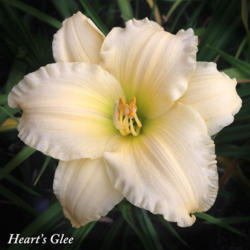
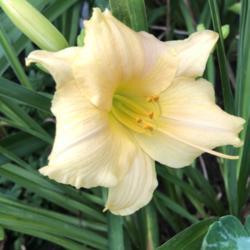
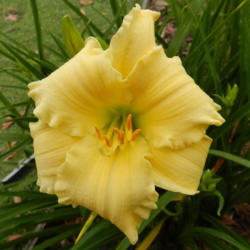
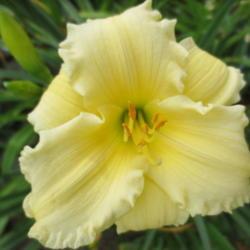
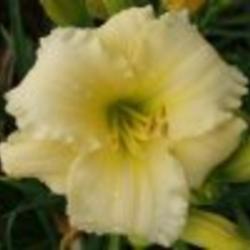
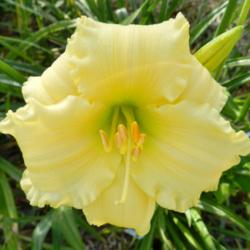
« Add a new plant to the database
» Search the Daylilies Database: by characteristics or by cultivar name
« See the general plant entry for Daylilies (Hemerocallis)
» Read our note about daylily rust scores